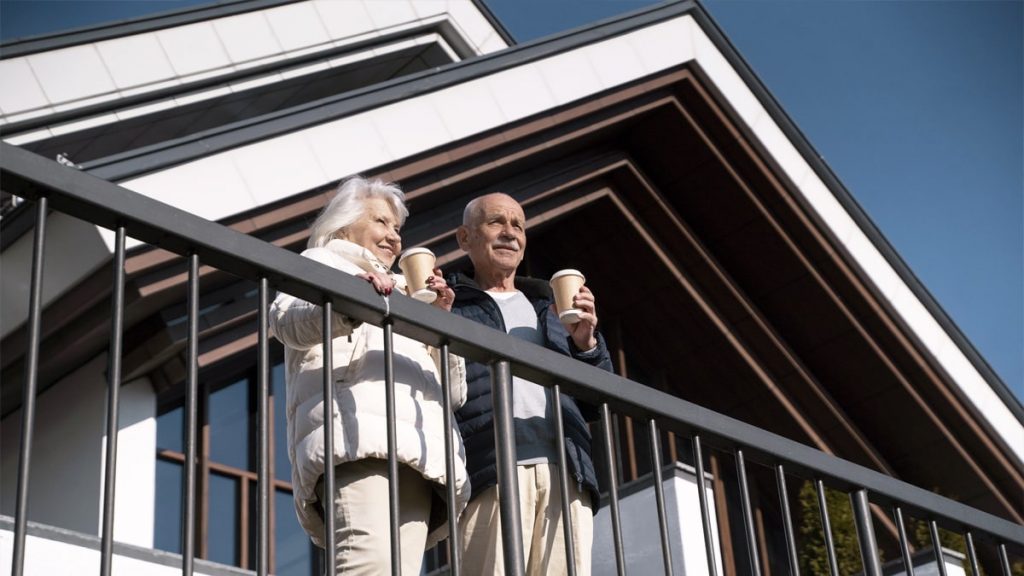Embarking on the journey to purchase an old house can indeed feel like stepping into a storybook. The unique charm and whispers of history in every corner of these homes offer an allure that modern structures often cannot match. However, the path to calling an old house your home is paved with considerations that are as important as they are varied. This comprehensive guide offers 15 things to know before buying an old house.
1. Inspection Essentials
A comprehensive home inspection is absolutely non-negotiable. Given the unique challenges and potential hidden issues in older homes, consider hiring an inspector with experience in historic properties. They will delve beyond the surface charm to assess the structural, electrical, and plumbing systems for age-related concerns, ensuring you’re fully aware of what you’re getting into.
2. Wiring and Plumbing Woes
Outdated electrical and plumbing systems are common in older homes and can be expensive to update. It’s crucial to look for signs of age and inquire about the last time these systems were upgraded. Safety and functionality are paramount; understanding the state of these critical systems is essential for making an informed decision.
3. Hazardous Materials
Lead paint and asbestos, common in older homes, pose significant health risks if not properly managed. Ensuring a thorough inspection of these materials is crucial. Awareness of these hazards upfront can prevent unexpected costs and health concerns later on, making it a critical step in the purchasing process.
4. Structural Concerns
The foundation and structural integrity of an old house are vital to its longevity. Signs of settling, water damage, or termite infestation can indicate significant repair bills in the future. Paying close attention to these aspects can save you from costly surprises down the line.
5. Energy Efficiency and Insulation
Older homes weren’t built with modern energy efficiency standards in mind. Checking the insulation, windows, and heating systems can help you gauge the work and investment required to bring the house up to comfortable living standards without breaking the bank on utility bills.
6. The Charm and Challenge of Preservation
Living in a historic home means balancing preservation with modern living needs. Understanding local regulations regarding historic preservation if you plan to make any updates or renovations is crucial. This balance is a delicate dance, ensuring the home retains its character while meeting your needs.
7. Costs of Renovation and Maintenance
Renovating and maintaining an old house can be more expensive than a newer home due to the specialized labor and materials required to preserve its historic character. Setting realistic budgets for both immediate renovations and ongoing maintenance is vital to managing your investment wisely.
8. Pest Inspections
A thorough pest inspection should not be overlooked. Termites, carpenter ants, and other wood-destroying organisms can cause unseen damage, compromising the home’s structure and safety. Identifying and addressing these issues early can protect your investment and ensure the home’s longevity.
9. Outdated Features and Fixtures
The original features and fixtures of an old home often contribute to its charm. However, they can also present challenges in terms of functionality and efficiency. Assessing which features you’re willing to update and which you wish to preserve for their historic value is a key consideration in maintaining the home’s character.
10. Legal and Insurance Considerations
Purchasing an old home can come with legal and insurance complexities. Understanding any historic designation implications and how they affect your ability to make changes is crucial. Additionally, securing insurance for an older home can be more challenging and expensive due to perceived risks.
11. Neighborhood Character
The neighborhood’s character can significantly add to the value of your old home. Exploring the area to ensure it matches your lifestyle and preferences is essential, as you’re not just buying a house but becoming part of a community with its own history and culture.
12. Landscaping and Outdoor Spaces
Older homes often come with mature landscaping that requires significant upkeep. Assessing the outdoor spaces to ensure they align with your vision and commitment level is essential for maintaining the home’s curb appeal and enjoying your outdoor living spaces.
13. Specialized Financing
Financing the purchase of an old house might require specialized mortgage products tailored for historic homes. These loans may come with specific conditions and requirements, making it essential to explore your financing options early in the process.
14. Resale Value and Marketability
Considering the future resale value and marketability of the old house is essential. While historic homes can be highly desirable, their appeal can be niche, making it crucial to think about how your renovations or updates will impact their value in the long run.
15. Personal Readiness for the Journey
Reflect on your readiness for the journey of owning an old house. It’s not just about the structure; it’s about committing to the stewardship of a piece of history. Considering whether you’re prepared for the challenges and rewards of preserving the past for the future is a profoundly personal and crucial step.
Buying an old house embodies a unique blend of charm, challenge, and commitment. From ensuring the structural integrity to embracing the quirks of its past, each aspect of the home demands careful consideration.

